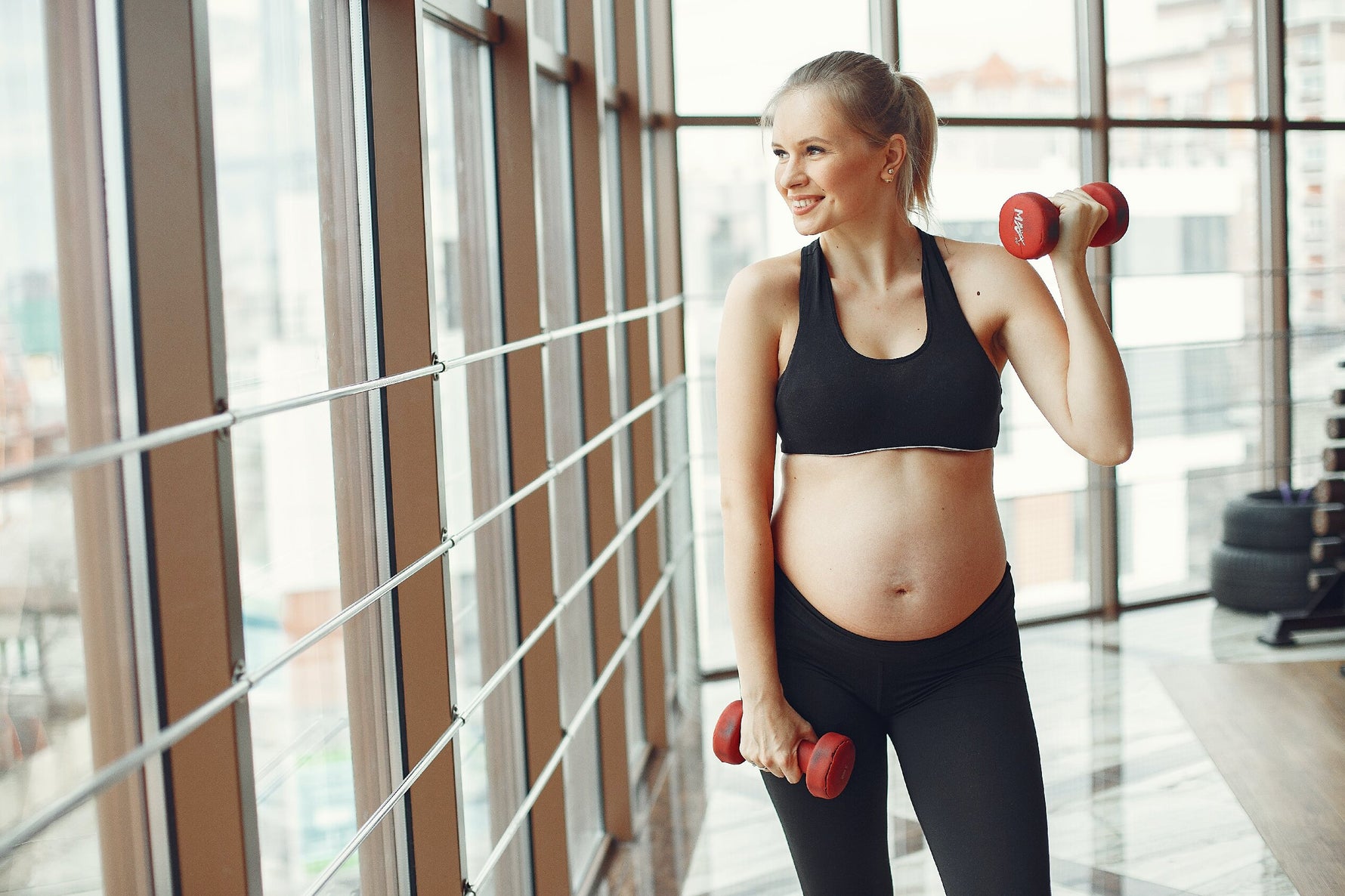Pregnancy & Breastfeeding Tips for New Moms: Preconception, Pumping & Parenting Support
Trying to get pregnant is not always as simple as it sounds. In couples of reproductive age, roughly 9% of men and 11% of women suffer from infertility. Although that number may seem small, if you’re included in these groups, it can be very painful and stressful. Whether you choose intrauterine insemination (IUI) or you’re still trying to conceive the usual way, you’ve likely already wondered about exercising during this time, and that’s what this article is here to help with.
Can You Exercise While Trying to Get Pregnant?
The simple answer is “yes,” you can exercise if you’re trying to get pregnant, but since overdoing it can affect ovulation and therefore your ability to conceive, keep in mind that light or moderate exercise should be the norm. Studies have shown that if you exercise one hour per day, or seven or more hours per week, it can actually contribute to your fertility problems.
Strenuous exercise when you’re trying to get pregnant, including when you’re going through IUI treatments, is a huge no-no. It puts too much stress on the body, especially your reproductive and other organs, and this can certainly hinder your efforts to conceive. Many doctors, in fact, recommend that you keep your heart rate under 130 beats per minute as you exercise.
In addition, keep away from exercises that involve heavy lifting and high-intensity exercises, including running and skiing. Even if you’re used to high-impact cardio workouts, you should switch to low-impact exercises that keep your heart rate below 130 and don’t produce too much stress on your muscles and joints.
What Not to Do During Implantation
Again, exercise should not be strenuous, in part because it can cause contractions that will prevent implantation from occurring. Yoga, walking, and light or low-impact are good exercises to do when you’re going through IUI treatments, but give up the jogging and tennis games. If you aren’t sure if your current exercise plan is acceptable, just consult with your doctor.
Here is a list of important things that you should do during IUI treatment:
Try to stay as healthy as you can. This includes getting regular exercise, drinking lots of water to stay hydrated, not smoking or drinking, reducing your stress level, and attending support groups if you think one is necessary. When you do conceive, the shape your body is in will directly impact the health of your pregnancy and the child you’re carrying, so get a head start by getting healthy before you get pregnant.
Don’t skip your folic acid supplement. Folic acid is part of the vitamin B family and helps with brain development, not to mention the production of new cells and even the creation of DNA. If the fetus doesn’t get enough of this supplement, it’s possible there could be some type of birth defect. Folic acid is an inexpensive supplement as well, so it doesn’t cost you much to keep you and your baby a lot healthier.
Make sure that you get familiar with all of your options. Simply put, IUI might not be the best option for you. Keep in mind that there are numerous other options, too. If you’ve just read about IUI or heard about it from your best friend, this doesn’t necessarily mean that it’s right for you. If you haven’t already done so, make an appointment with a fertility specialist and see what they have to say about it.
In addition to all of this, keep in mind that now is not the time to diet or try and lose weight. Concentrate on your health instead. After all, once you get pregnant, you’re going to have to gain weight so the baby can grow properly. For now, forget about dieting and counting calories and instead, concentrate on doing what's best for both you and the baby.
Other Important Tips to Keep in Mind
When it comes to exercise, you’ve already learned that low-impact exercises work best, even if you were jogging in the past. That being said, you can still change things up every now and then to get some variety in your workout routine. As long as you follow the exercise “rules” already mentioned, you should be safe. Just make sure that you don’t go overboard with your workouts.
For instance, you can switch from yoga to stationary bike riding or swimming to walking. As long as you’re not overdoing it or doing anything that’s too stressful, you’ll be fine. It’s also better if you stick with each exercise for a few weeks at a time instead of doing a different exercise each day. Stay well hydrated at all times, and never participate in contact sports until you speak to your doctor first.
And in case you’re wondering, you can also do core-strengthening exercises if you like. In fact, as long as it isn’t too strenuous, working on your core can be advantageous because it helps with both posture and balance, both of which are important when you become pregnant. It can even help you get back into shape faster once the baby arrives.
Conclusion
If you participate in any type of IUI or IVF to help you get pregnant, there are some do’s and don’ts that you have to follow. This is especially important in the area of exercise. Strenuous or high-impact workouts need to be avoided, but you can still participate in moderate workouts three or four times per week. You should also stay hydrated, take vitamins, and start acting like you’re already pregnant so your body is healthy enough to accommodate a pregnancy.







